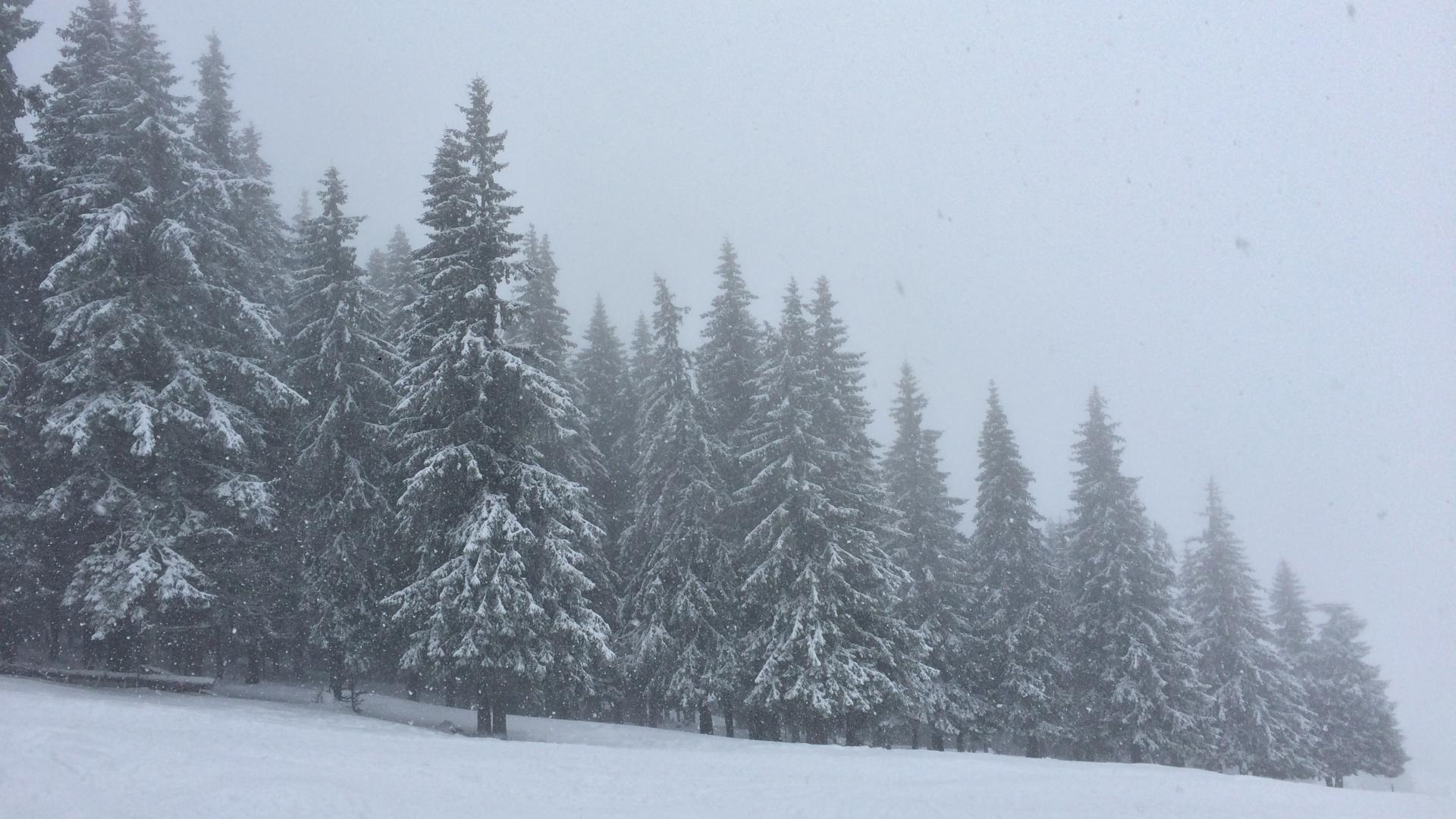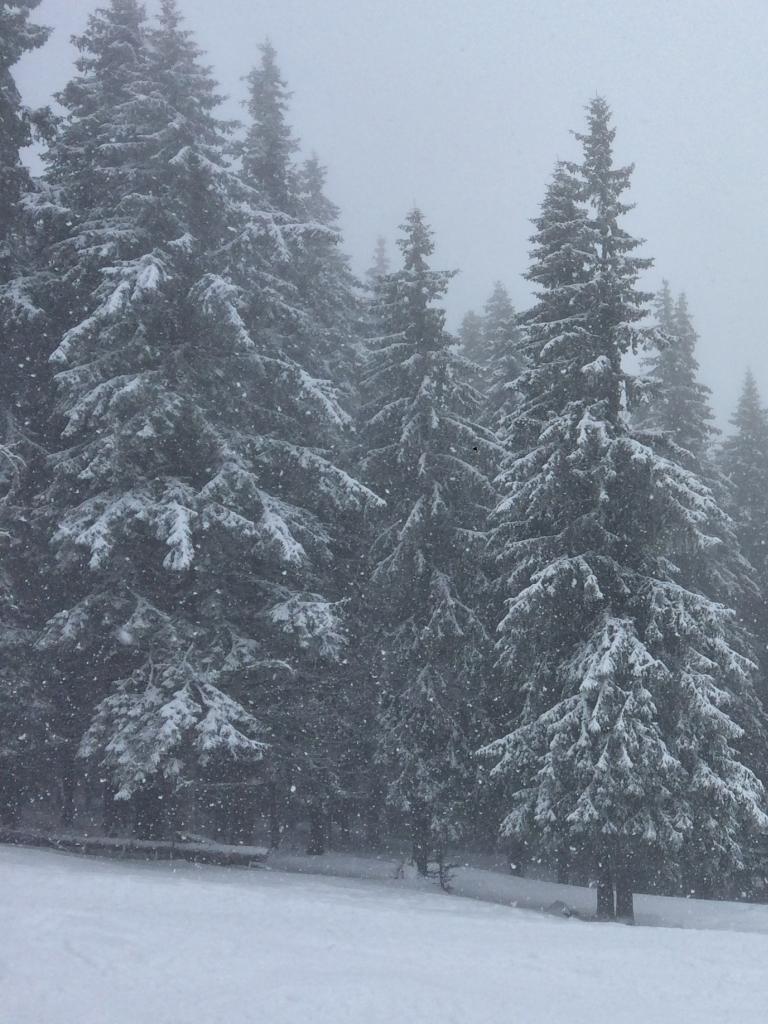30 January 2023
25 May 2018
Preparations are ongoing for the development of the EPS-SG (EUMETSAT Polar System Second Generation) that will provide continuity of observations of the current EPS, from 2021 onwards. For the EPS-SG a number of missions have been identified, which include the Microwave Imaging (MWI), the Ice Cloud Imaging (ICI) and the Microwave Sounding (MWS) missions.
This study aimed to extend the currently existing single scattering properties databases for frozen hydrometeors, considering various hydrometeors types, habits, orientation, density, physical conditions (e.g. air temperature), and size distribution considering, at least, the frequency range covered by the MWI, ICI and MWS missions. This database will be useful in the development of retrieval algorithms and for direct assimilation of radiances from these missions also in cloudy regions.
Background
Radars are recognised as an important tool for measuring ice hydrometeors. Passive microwave sensors are so far less used for this purpose, but a large potential exists as indicated by the rapidly increasing impact of 'all-sky' microwave humidity on forecasts by ECMWF. In addition, passive observations will gain in importance around 2022 when the EPS-SG Ice Cloud Imager (ICI) is launched, extending the coverage of operational microwave data up to 664 GHz.
Whether the observations are active or passive, or if the data are used for stand-alone retrievals or for assimilation, a requirement for exploiting the data is that realistic optical properties of ice hydrometers are available. Such properties can't currently be calculated 'on-the-fly' and must be taken from a scattering database.
Although, a few such databases were developed, in 2015 there weren't any of general applicability, especially if the needs of ICI were considered. As well as poor coverage at higher frequencies, only relative simple particle models were available in databases of general scope. Most importantly, particles of aggregate type (e.g. snowflakes) were treated in a very simplistic manner, and only data for totally random orientation were available. Examples on more advanced data, such as for oriented particles and melting particles, could be found but only for a few frequencies.
Objectives
The aim of this study was to ensure the availability of at least one general single scattering properties database for frozen hydrometeors for the complete microwave region (18 to 670 GHz), with more advanced features. The database needed to be provided with accompanying software for basic manipulation of the data, where support to RTTOV-SCATT was especially stressed.
Overview
To ensure that a relevant database would be produced, the study was started with a literature review. The main questions to be addressed by the review were: what particle habits are frequently observed in nature, how habits can be grouped and be described quantitatively, what scattering data are needed to support both active and passive applications, what methods exist, and what input do they need to calculate the scattering data found required?
A main outcome of the review is that ice hydrometeors tend to be irregular, with single crystals and aggregates dominating below and above about 200 µm, respectively. This implies that a useful database must go beyond mainly treating pristine single crystals. Further, the discrete dipole approximation (DDA) was found to be a well-established method and to be relatively straightforward to apply, and was selected as the calculation method. Considerable attention was given to select validated models of the microwave refractive index of ice and liquid water.
Based on the outcome of the literature review, a work plan was created. While a publicly available software, ADDA, was selected for the actual calculation of scattering properties, significant internal development was deemed necessary to handle the complete task. Two tools to generate realistic descriptions of complex particle shapes have been developed, to cover different needs. One of these tools appears to be the first that handles aggregation of aggregates, and the strength of the database produced originates, to significant extent, in this development. Totally random orientation is effectively incorporated by ADDA itself, while no such support is provided for azimuthally random orientation, and algorithms and code for this purpose had to be developed. To overcome the huge data amounts generated for azimuthally random orientation, data reduction techniques had to be considered where eventually use of spherical harmonics was selected.
Based on the work plan, a database was created that supports simulations of varying complexity, treating both passive and active observations. This is achieved by providing extinction, absorption and scattering matrix data with complete polarisation information, i.e. matching the full Stokes vector. Data are provided for three temperatures (190, 230 and 270 K) and 34 frequencies between 1 and 886 GHz. The frequencies are primarily selected to cover the channels found on existing operational microwave sensors, as well as the upcoming MWS, MWI and ICI instruments. Additional frequencies were included having common radar wavelengths and the International SubMillimetre Airborne Radiometer (ISMAR) instrument in mind.
Data are at hand for a high number of particle shapes, organised into habits — a habit is defined as a series of particles of different sizes, roughly following a standard size-mass relationship (m = α∙(Dmax)β). Each habit is represented with at least 30 particle sizes. In total, 34 ice hydrometeor habits are included. Data assuming totally random orientation of the particles have been calculated for all of these habits. The number of habits of single crystal type is 18, mainly modelled as plates, columns and bullet-rosettes. The remaining habits are intended to represent graupel, hail and particles of aggregate type. Mie calculations for ice and liquid spheres are included for comparison, while the remaining data have been produced using the discrete dipole approximation.
A second orientation case has been considered, namely the azimuthally random orientation. The particles' minimum principal moment of inertia axis is assumed to be aligned with respect to the horizon at a certain angle, the tilt angle, but to have no preference in azimuth angle. Despite large efforts to decrease both the calculation burden and the required storage space, this orientation case was found to provide huge practical obstacles and, so far, only a plate habit has been processed. Data for 10 tilt angles in between 0 and 90 degrees are provided and by post-processing it should be possible to derive scattering data for an arbitrary tilt angle distribution. These data have the same dense coverage, in terms of frequency, temperature and size, as the totally random data.
Interfaces, i.e. function sets to read and manipulate the data, are provided for both MATLAB and Python functions. These interfaces should cover all needs to interact with the data, and the user does not need to be aware of the internal storage of the data (a series of NetCDF4 files, sorted into folders according orientation, habit and particle size).
Code to make use of the database together with RTTOV-SCATT has also been delivered.


